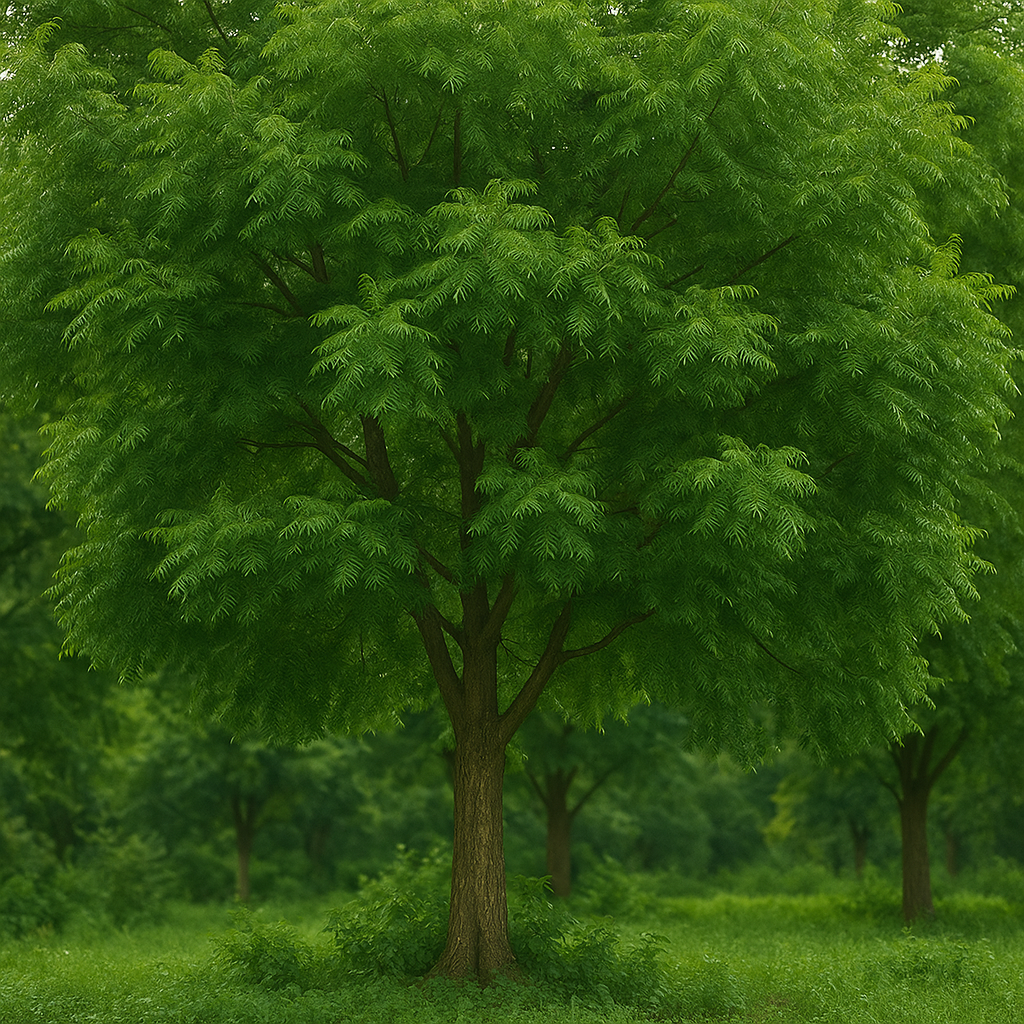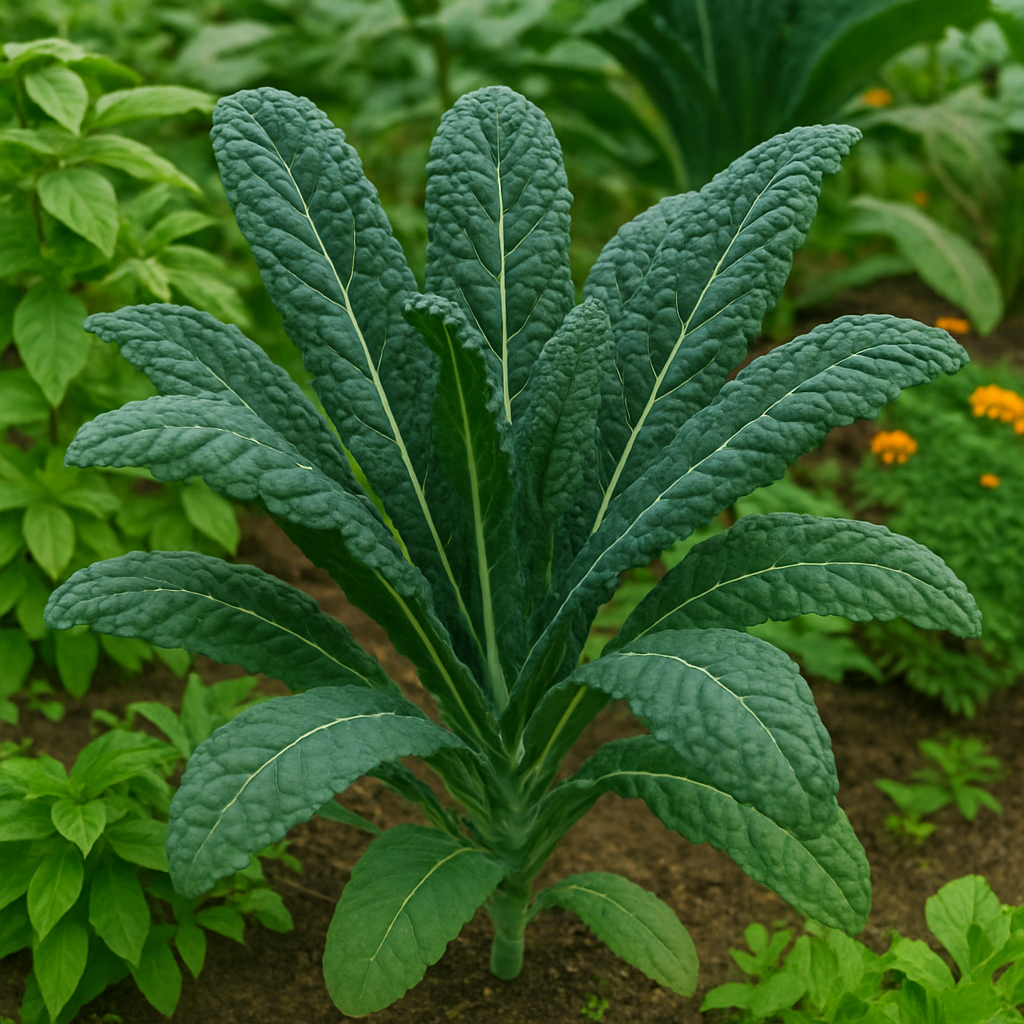アシミナ・トリロバ・ポーポー:あなたの庭のためのエキゾチックな北米の果物
アシミナ・トリロバ パウパウについて
アシミナ・トリロバ、一般にパウパウとして知られるこの果樹は、北アメリカ原産の果樹であり、大きく熱帯のような果実と、甘く、カスタードのような風味で知られています。パウパウは、栄養豊富な果実で、マンゴー、バナナ、メロンの味を組み合わせており、家庭の果樹園、庭園、専門的な果物栽培にユニークな存在となっています。
当Organicindiaseeds.comでは、高品質のパウパウの種を提供しており、庭や農場でこの希少でエキゾチックな果樹を有機的に育てることができます。

なぜアシミナ・トリロバ・パウパウを育てるのか?
-
エキゾチックな味わい:他のどの熱帯果実とも異なる、甘くクリーミーな果実を楽しめる。
-
栄養豊富:ビタミンA、C、カリウム、抗酸化物質が豊富。
-
花粉媒介者に優しい:開花期にカブトムシやその他の花粉媒介者を引き寄せる。
-
耐寒性:ほとんどの熱帯果実とは異なり、温帯気候に耐えることができる。
-
低メンテナンス:定着すれば、最小限の手入れで自然に成長。
アシミナ・トリロバ・パウパウの植え付け時期
-
最適な植え付け時期:地面が解凍した早春。
-
種子発芽:パウパウの種は発芽率を高めるために90~120日間の低温層積処理が必要。
-
温度:USDA耐寒ゾーン5~9でよく育ち、温度は32°F~85°F(0°C~29°C)の範囲。
アシミナ・トリロバ・パウパウの栽培場所
-
日光:直射日光から半日陰を好む。若い苗は薄い日陰でよりよく育つ。
-
土壌:有機物が豊富で、水はけが良く肥沃な土壌。やや酸性から中性のpH(5.5~7.0)。
-
間隔:樹冠の十分な発達を促すために、木を15~20フィート間隔で植えましょう。
-
気候:温帯地域に適応しており、成熟すれば短期間の霜にも耐えられます。
アシミナ・トリロバ・ポーポーの育て方

-
種の準備:種を冷蔵庫で湿った砂またはペーパータオルに包み、90~120日間低温処理(寒冷層化)します。
-
播種:種を苗トレイや小さな鉢に1インチの深さで植えましょう。
-
移植:苗が6~12インチの高さになり、霜のリスクが過ぎたら庭に移しましょう。
-
水やり:特に開花期と果実の成長期には、土壌を均一に湿らせておきましょう。
-
施肥:有機堆肥またはバランスの取れた有機肥料を使用して、健康的な成長と結実を促進しましょう。
アシミナ・トリロバ・ポーポーの育て方
-
マルチング:土壌の水分保持と温度調節に役立ちます。
-
剪定:健康的な樹形を維持するために、枯れた枝や損傷した枝を取り除きましょう。
-
害虫管理:ポーポーは害虫の問題が少ないですが、ポーポーの花柄ボーラーとカイガラムシの監視が必要です。
-
受粉:適切な受粉のために、遺伝的に異なる少なくとも2本の木を近くに植えましょう。
アシミナ・トリロバ・ポーポーのコンパニオンプランツ

-
ハーブと花:受粉者を引き寄せ、害虫を寄せ付けないために、マリーゴールド、バジル、ナスタチウムを植えましょう。
-
その他の果樹:リンゴやナシの木も共存でき、多様な果樹園の生態系を作り出します。
画像配置の提案:果実がなり、受粉者に優しい共生植物と共にある成熟したパウパウの木の写真を含めてください。
アシミナ・トリロバ・パウパウの収穫
-
結実までの時間:通常は種から3~8年です。
-
収穫方法:果実が触って柔らかく、ほのかに香る時に収穫してください。
-
保存方法:数日間は室温で保存するか、保存期間を延ばすために冷蔵してください。
-
用途:生食、スムージー、デザート、アイスクリーム、焼き菓子。
アシミナ・トリロバ・パウパウに関する最終的な考察
アシミナ・トリロバ・パウパウは、エキゾチックで、栄養豊富で、受粉者に優しい果樹で、珍しくて風味豊かな果実を育てたい園芸家に最適です。その甘いカスタードのような果実、温帯気候への適応性、そして低メンテナンスは、家庭果樹園や専門庭園に最適な選択肢です。アシミナ・トリロバのパウパウを、Organicindiaseeds.comの高品質な種から今日から育て始めましょう。このユニークな北米の宝物の味をお楽しみください!



コメントを書く
このサイトはhCaptchaによって保護されており、hCaptchaプライバシーポリシーおよび利用規約が適用されます。